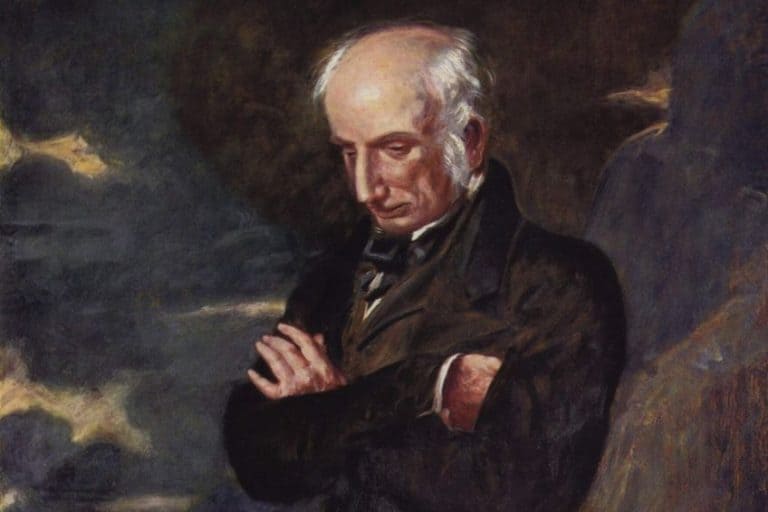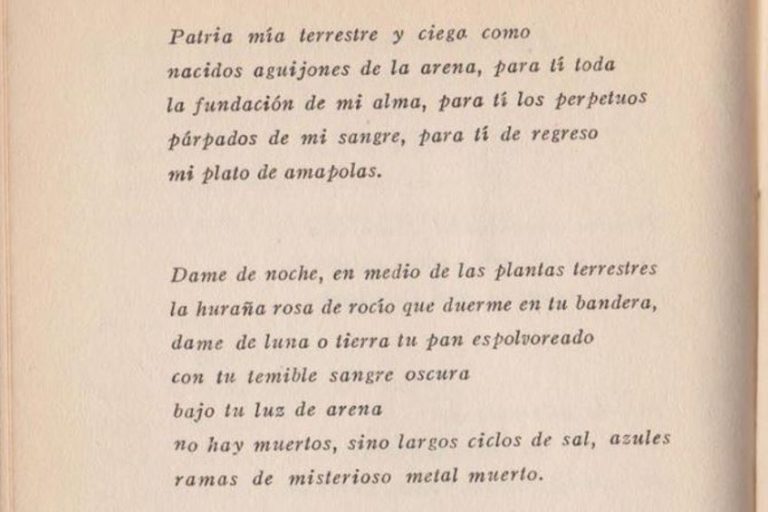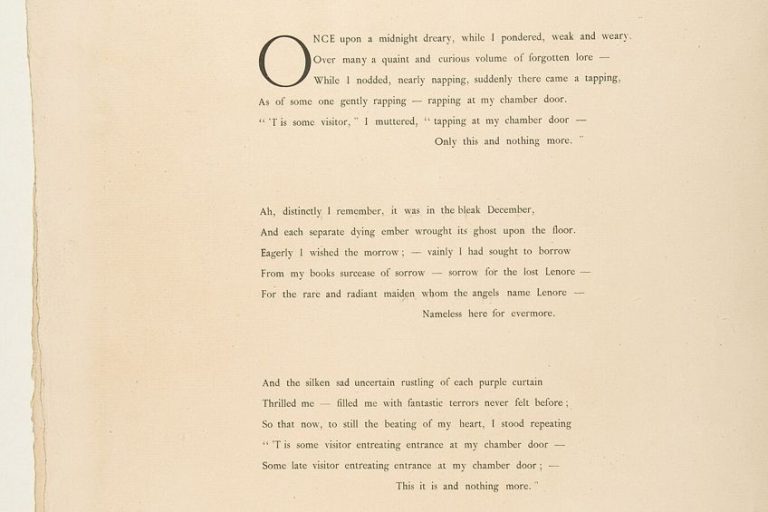“Do Not Stand at My Grave and Weep” by Mary Elizabeth Frye
Do Not Stand at My Grave and Weep by Mary Elizabeth Frye is quite the poem! It is a popular poem too. However, it holds a secret, and we are going to explore that secret, discuss the poem through an analysis, and look at the themes of the poem. If knowing more about a bereavement poem like Do Not Stand at My Grave and Weep sounds like a good idea to you, then the rest of this article should be perfect for your interests!
Do Not Stand at My Grave and Weep by Mary Elizabeth Frye
| Date Published | 1934 |
| Type of Poem | Bereavement poem |
| Rhyme Scheme | AABB |
| Meter | Iambic tetrameter |
| Topic | Death |
The very first thing that you need to know about this Mary Elizabeth Frye poem is that it is not a poem by Frye at all. This may appear peculiar, but the reason for it is rather fascinating and we will get to it in time. For now, we only really need to know that Do Not Stand at My Grave and Weep by Mary Elizabeth Frye is not truly a poem by this poet and that this is not even its actual name. Instead, it is a poem called Immortality, but it became immensely popular, and this explains some of the reasons for its difficulty in authorship.

Do Not Stand at My Grave and Weep is a bereavement poem, and after its publication, it would go on to be read at many funerals around the world. It is a poem that is noted for its simplicity of message, and one that tends to resonate with many who decide to give it a read. The poem is a stunning work in mourning and one that has attained the fame that it has for a very good reason. Now, before we head into our analysis of this poem, we should first stop for a short while to give a bit of a summary of the article and the poem in question.
Do Not Stand at My Grave and Weep by Mary Elizabeth Frye Summary Points
Many poems deserve a lot of time and attention, but we don’t all have time for that! This is why we occasionally need a good summary of things. That is what this section is for because we don’t all have the time or energy to get through a whole article:
- Do Not Stand at My Grave and Weep is a poem about grief. This means that the poem is intended as a poem to explore feelings of loss or mourning. This is also why the poem is commonly read at funerals and other memorial-oriented events. Over the years, the popularity of this poem has grown.
- Do Not Stand at My Grave and Weep uses a paired rhyme scheme and semi-standard meter. The poem makes use of an AABB rhyme scheme, but the lines are sometimes broken through enjambment. This also affects the meter, which is arranged as iambic tetrameter, but the first and last stanzas use two phases broken into four lines.
- Do Not Stand at My Grave and Weep was not written by Mary Elizabeth Frye. Instead, the poem was written by a woman named Clare Harner. Or at least this is where the evidence points, but it has never been definitively confirmed. It does appear to be the truth though.
These points have not exactly been comprehensive, but they have offered a general overview of the kinds of things for which Do Not Stand at My Grave and Weep “by” Mary Elizabeth Frye is known.
Now that we have wrapped up our little summarization of the article, let’s get to that other issue: authorship.
Disputes Over Authorship
Authorship can often be a difficult thing. This is especially the problem with collaborative projects, like films. For instance, did Steven Spielberg actually create Jaws, or did he simply head up the production of the film and have many people under him who also created the movie? The issue here is a somewhat similar thing, but on a more purposeful level. The issue here is one of plagiarism. Or possible plagiarism, as we cannot know these things for certain.
The reason for all this difficulty is because in the first half of the 20th century, thus poem called Do Not Stand at My Grave and Weep was published. It quickly went on to be a success and it was beloved by many, and that led to its prolific use in many different places, such as funerals and memorials. It was a very popular and widely-read poem, and it came to be attributed to Mary Elizabeth Frye.

This woman was a housewife and florist, and she did not claim authorship of the poem until much later in life. We can see this as claiming it as her own after it had become popular. The issue here is that the earliest known publication of the poem is attributed to Clare Harner. This woman was a journalist and seemingly wrote this poem as a eulogy to her late brother. So, who actually wrote Do Not Stand at My Grave and Weep?
We will likely never have a definitive answer, but even though we call it “Do Not Stand at My Grave and Weep by Mary Elizabeth Frye”, it may not have been by her at all. Furthermore, it isn’t even called Do Not Stand at My Grave and Weep. It’s actually called Immortality. Everything around this poem is rather complicated, but at least the text is rather simple. So, let’s get to that instead!
An In-Depth Analysis of Do Not Stand at My Grave and Weep by Mary Elizabeth Frye
Before we hop into our Do Not Stand at My Grave and Weep analysis, we should first acknowledge some of the general aspects of this poem. For instance, it is a bereavement poem, and this means that it is written for a state of mourning. It is intended as something of a eulogy, and this has contributed to it being immensely popular in certain spaces, specifically those that are oriented around grief, like funerals. It is an ultimately hopeful poem that has likely resonated with many over the decades since it was first published. So, this is the first thing you should understand before diving into Do Not Stand at My Grave and Weep.
The next area we should briefly discuss is the formal aspects of the poem. It is made up of four sections, and those four sections are split equally as four quatrains apiece. However, the first and last quatrains are of interest because they are more like broken couplets. The reason for this is that the poem adopts an AABB rhyme scheme in which rhyme is arranged around a series of double rhymes.
The first and last quatrains are instead arranged as ABCB.
However, if those quatrains were to be arranged as couplets instead, then the AABB structure would be maintained throughout the poem. The whole poem also uses iambic tetrameter, except for the first and last quatrains… unless they are altered back into couplets. So, the poem may include sixteen lines, but they could be arranged as twelve lines. This is not done because the specific formatting presents a kind of frame around the two central quatrains, and this makes it a more interesting text to read.
This kind of formal examination is rather interesting, but also not truly necessary to understand the poem. We shall now get to the actual Do Not Stand at My Grave and Weep analysis that has been promised, but the poem is rather easy to understand, and so there is probably not an immense need for such an analysis. We’ll do one anyway!
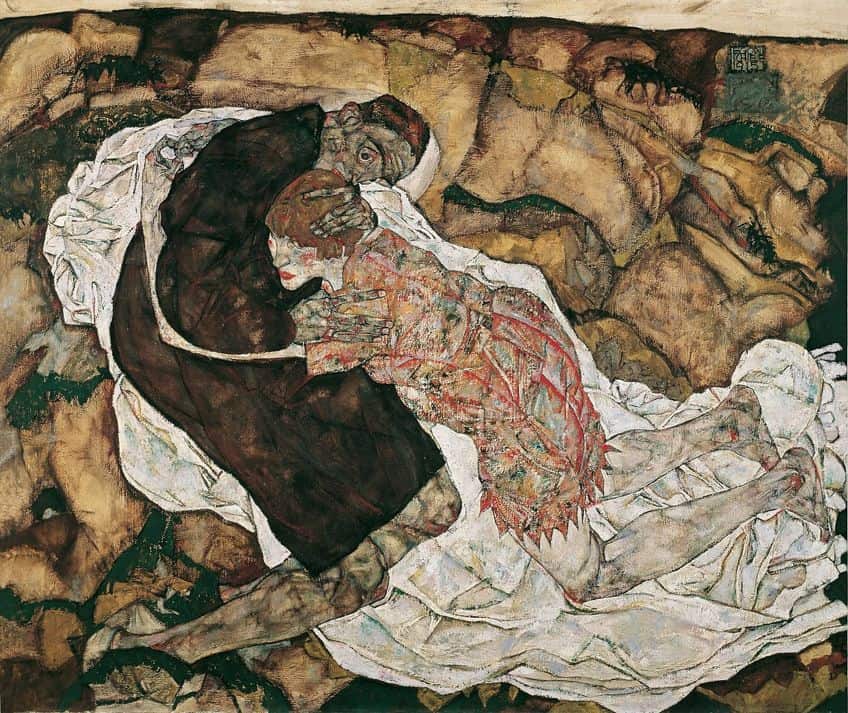
Section One
Do not stand
By my grave, and weep.
I am not there,
I do not sleep—
The first quatrain provides us with the line that many use as the title for the poem even though the actual title is Immortality. This line clearly states that we should not cry over the speaker’s grave. The speaker is clearly talking as if they are the deceased party, and they tell us that we should not mourn over them because they’re not there at all. The dead person is not lying there asleep like the dead.
The speaker is elsewhere. Somewhere far from that place!
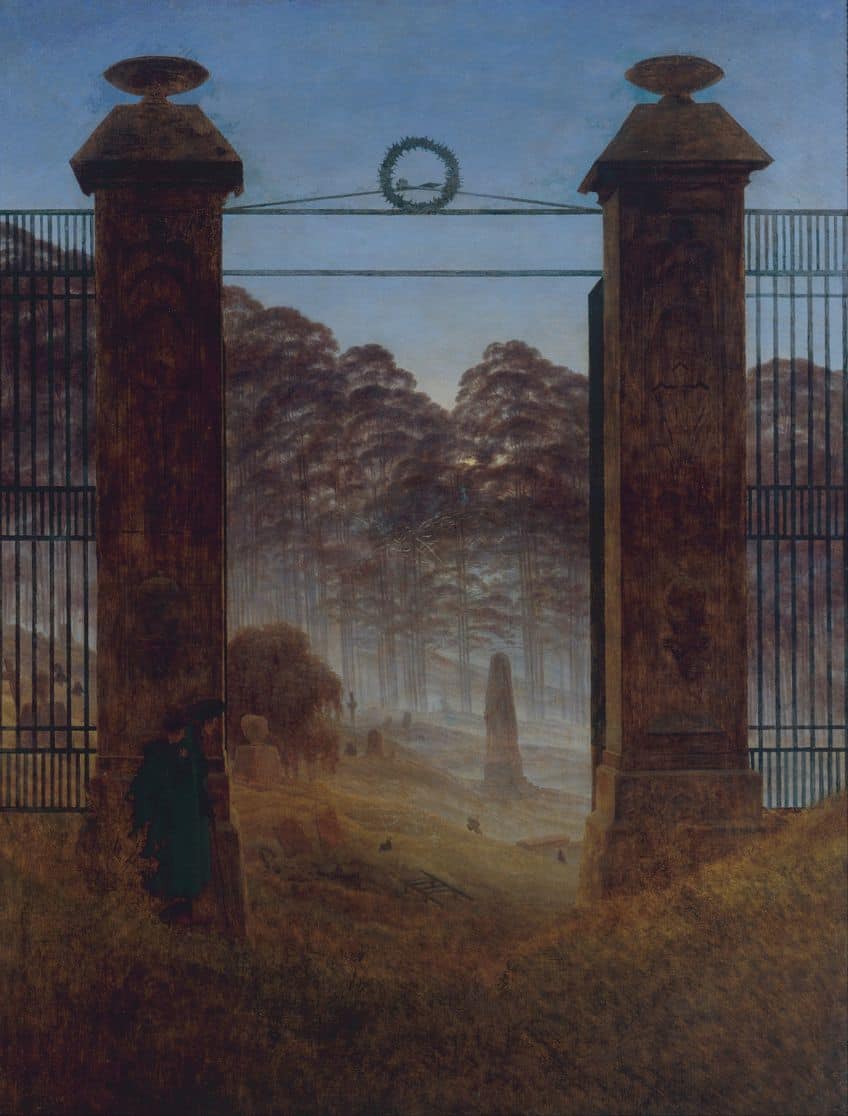
Section Two
I am the thousand winds that blow
I am the diamond glints in snow
I am the sunlight on ripened grain,
I am the gentle, autumn rain.
The second quatrain goes into those places where the speaker is. The speaker is in the wind and the snow. They have become part of nature. They are part of the sunlight that shines down upon the plants of the world, and they are now a gentle force of the natural world, like a calm autumn rain. There is, clearly, a spiritual understanding here of becoming one with the world. The speaker is not dead but has instead transformed into something.
The speaker is now everywhere around us rather than being affixed to their mortal form.
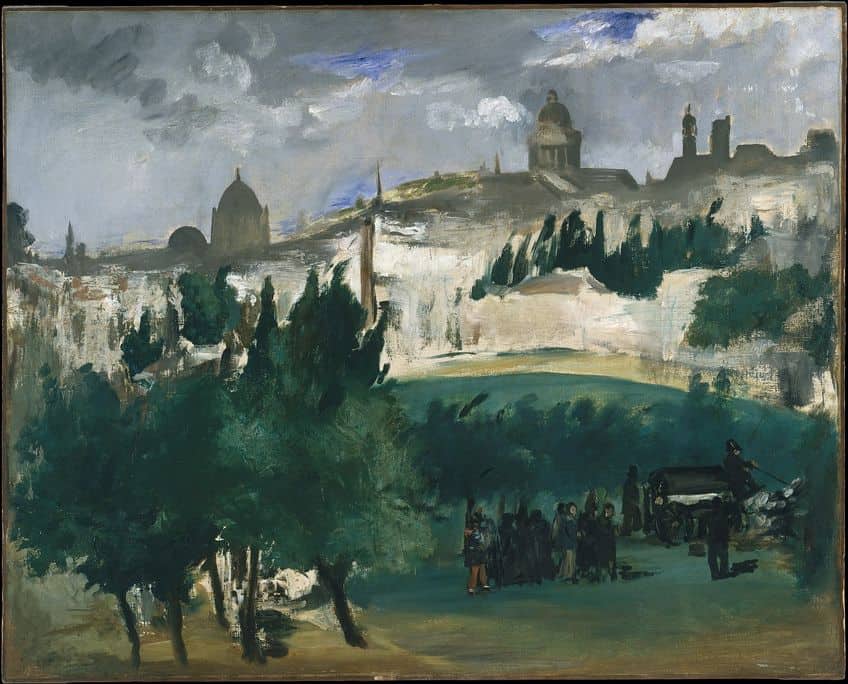
Section Three
As you awake with morning’s hush,
I am the swift, up-flinging rush
Of quiet birds in circling flight,
I am the day transcending night.
The next quatrain continues with this idea by claiming that the speaker is making use of the rushing movement of the birds that chirp and frolic through the air when you wake up. The speaker has come to see kinship with the non-human animals around them. The final line here is to tell us that the speaker has joined with the light too.
This has many spiritual connotations as light is constantly associated with divinity.

Section Four
Do not stand
By my grave, and cry—
I am not there,
I did not die.
The final quatrain is a near refrain of the first quatrain. It has a similar message in the first two lines as it tells us that we should not cry, rather than to not weep, over their grave. It reiterates that the speaker is not there, but now ends by stating that the speaker did not die at all. The speaker’s corpse may be within that grave below your feet, but they are no longer there.
Their body may be there, but their soul has moved on. The soul lives eternal.

The Themes of Do Not Stand at My Grave and Weep by Mary Elizabeth Frye
When it comes to the themes of Do Not Stand at My Grave and Weep by Mary Elizabeth Frye or Clare Warner, they are rather plain to see. This poem is concerned with death. However, it is not solely about death, and, in many ways, it is more about life than death itself. The reason for this aspect of the poem is that it wants to examine the idea of the afterlife. It wants to show us that when we die, we are not truly gone.
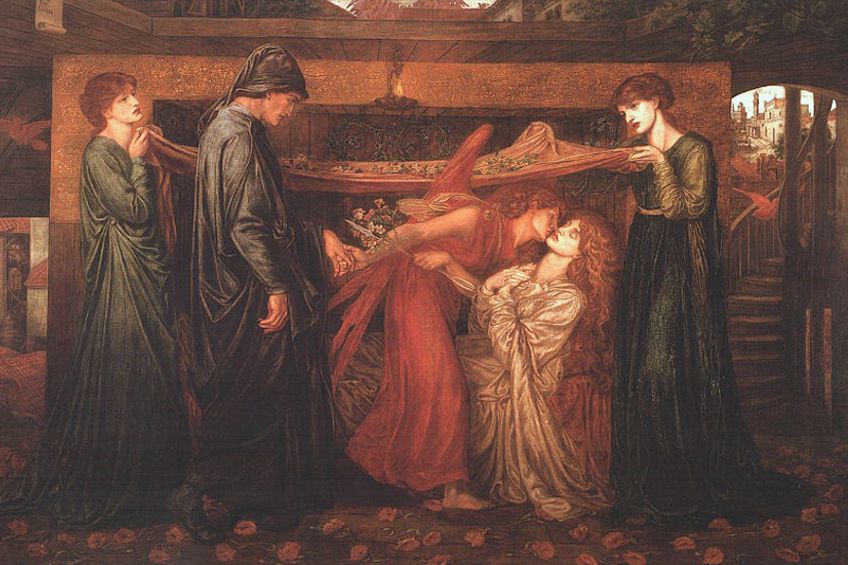
These kinds of sentiments may not be convincing to everyone, but there certainly are many people in the world who feel this way and would be comforted by the messages of a poem like this. Those who are dead have not necessarily entirely left us, and this is likely one of the reasons that this poem has become so popular in so many places of mourning.
We have reached our conclusion for this quick look at Do Not Stand at My Grave and Weep by Mary Elizabeth Frye or Clare Warner. The poem may have a disputed authorship, but no one disputes the profound message that can be found within that poem. Today, we have examined this poem alongside a discussion about authorship and the themes of the poem. There are no other famous poems by these poets, or at least none as famous as this one, but there certainly are many other bereavement poems that are both gut-wrenching and beautiful. If you enjoyed this poem, why not search for some more!
Frequently Asked Questions
What Is Do Not Stand at My Grave and Weep by Mary Elizabeth Frye?
This is a poem that is attributed to Mary Elizabeth Frye. It is a bereavement poem and became an immensely popular text that was often read at funerals. As it was seemingly originally written as a eulogy of sorts for a deceased brother, it makes sense that it would eventually find its way into other places of mourning.
Who Was the Real Author of Do Not Stand at My Grave and Weep?
This is a rather difficult thing to answer because the poem is commonly attributed to Mary Elizabeth Frye. However, her claims have been widely disputed for good reasons. For instance, the poem was first published under the name Clare Harner, who was a journalist and poet that had a better claim to the poem. The evidence points towards Harner, but we cannot be perfectly certain.
Why Did Do Not Stand at My Grave and Weep by Mary Elizabeth Frye Become So Popular?
This poem has likely become such a popular piece because it is written in rather simple language, yet presents a profound message of hope to those who may have been forced to deal with death in their lives. In addition, as it has been used as a funeral poem by many over the decades, it has become something of a tradition in certain circles. This indicates that it will likely continue to be used.
Justin van Huyssteen is a freelance writer, novelist, and academic originally from Cape Town, South Africa. At present, he has a bachelor’s degree in English and literary theory and an honor’s degree in literary theory. He is currently working towards his master’s degree in literary theory with a focus on animal studies, critical theory, and semiotics within literature. As a novelist and freelancer, he often writes under the pen name L.C. Lupus.
Justin’s preferred literary movements include modern and postmodern literature with literary fiction and genre fiction like sci-fi, post-apocalyptic, and horror being of particular interest. His academia extends to his interest in prose and narratology. He enjoys analyzing a variety of mediums through a literary lens, such as graphic novels, film, and video games.
Justin is working for artincontext.org as an author and content writer since 2022. He is responsible for all blog posts about architecture, literature and poetry.
Learn more about Justin van Huyssteen and the Art in Context Team.
Cite this Article
Justin, van Huyssteen, ““Do Not Stand at My Grave and Weep” by Mary Elizabeth Frye.” Art in Context. January 6, 2024. URL: https://artincontext.org/do-not-stand-at-my-grave-and-weep-by-mary-elizabeth-frye/
van Huyssteen, J. (2024, 6 January). “Do Not Stand at My Grave and Weep” by Mary Elizabeth Frye. Art in Context. https://artincontext.org/do-not-stand-at-my-grave-and-weep-by-mary-elizabeth-frye/
van Huyssteen, Justin. ““Do Not Stand at My Grave and Weep” by Mary Elizabeth Frye.” Art in Context, January 6, 2024. https://artincontext.org/do-not-stand-at-my-grave-and-weep-by-mary-elizabeth-frye/.



